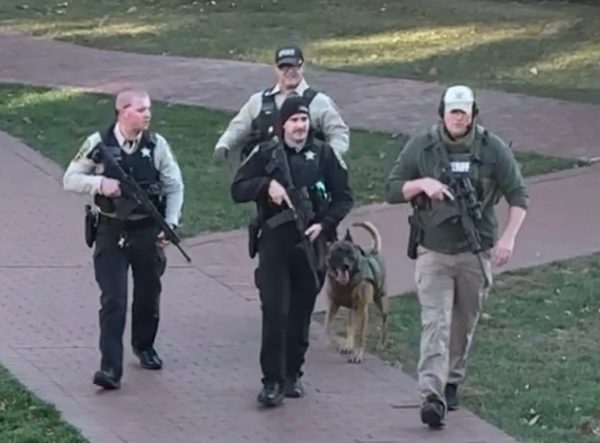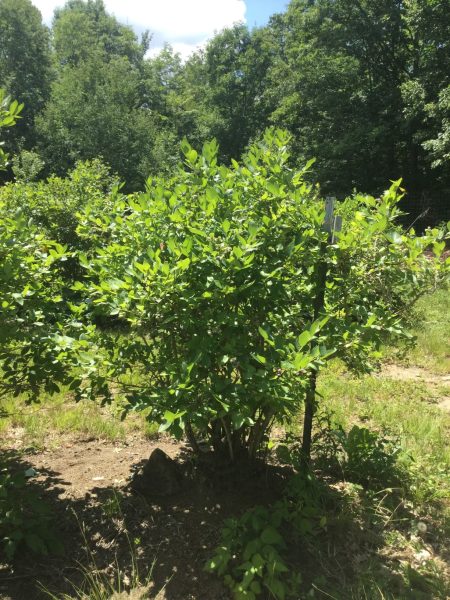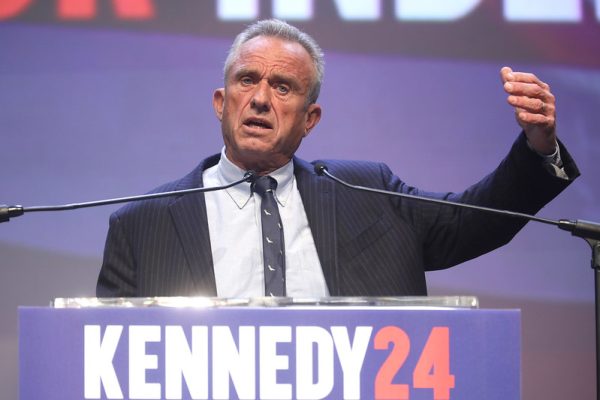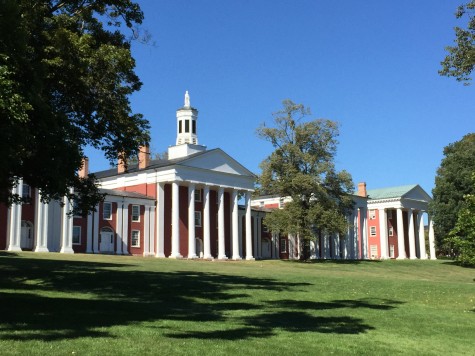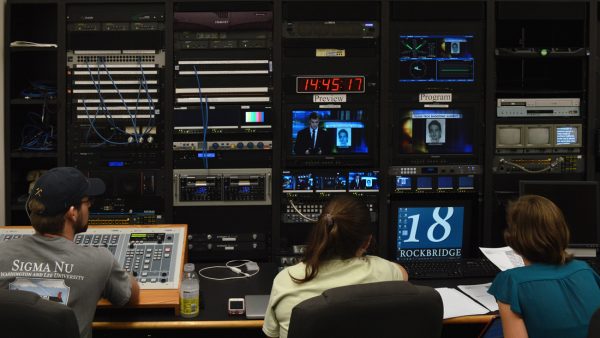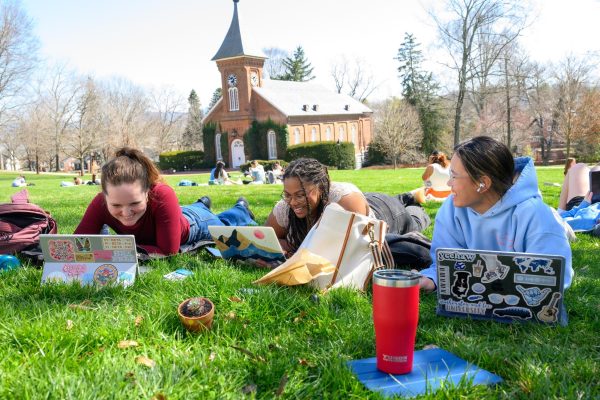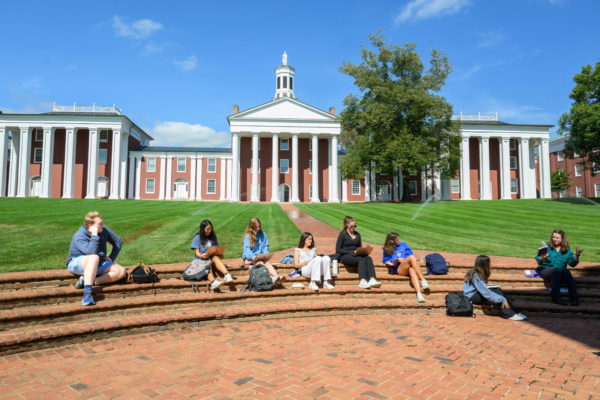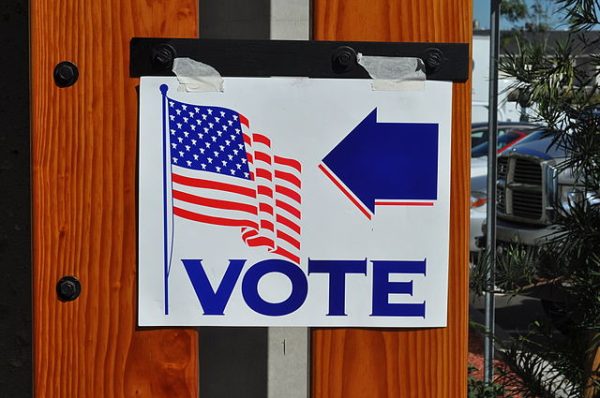W&L’s culture of misogyny and assault
Ramsey unleashes a polemic on the school’s response to recent infractions by male students
March 13, 2023
Content Warning: This article contains references to sexual assault and rape.
Correction: A previous version of this piece included rumors about a campus fraternity that were stated as fact. The Phi has retracted those statements in the interest of upholding truth.
I don’t write much for the Ring-tum Phi. In fact, I’ve only written one article before this. I have a joke that I’ll only write “if the Muses inspire me,” invoking my classics minor. However, with the recent events and revelations on this campus regarding the two arrests for sexual assault, there is no Muse that needed to inspire me, rather, a sense of justice was evoked in me.
For this article, let me lay a few groundwork things. One, there is power in names; therefore, I will not be using the names of those who perpetrated these acts in order to not give them power. Instead, when absolutely necessary, I will refer to them as Sexual Offender One and Sexual Offender Two (SOO and SOT for short).
Two, I am a man. I cannot truly understand women’s experiences with sexual assault nor have I ever needed to go to Title IX or worry about my own safety at any party or event. Last, but certainly not least, this article wants to recognize that just because these people got caught, that does not mean this issue is not much more prevalent on this campus.
I will attempt to break this article into a few different parts: the perpetuation of the patriarchy and a culture of sexual assault, the administration’s failure in adequately responding to these issues, and biases within our school’s administration and the greater criminal justice system. There is a lot to talk about here, all at a level of incredible importance, and I will attempt to do it all justice.
Misogyny alive on campus
Firstly, potentially most controversially, I want to talk about the culture of misogyny prevalent on campus which pushes not only the continuation of horrific acts like these sexual assaults but also the passive perpetuation of a hierarchical gender complex. In a move that won’t be popular because of how ingrained it is at our university, we need to discuss Greek life’s role in perpetuating a hierarchical gender order, leading to an inherent power imbalance.
I can point you to national statistics which highlight the prevalence of rape and sexual assault in fraternities. One study from John Foubert, a professor at Oklahoma State, joined two other studies finding that students in frats are three times more likely to commit rape. I can point you to national statistics about sorority members being victims of sexual assault as well. One study from Jacqueline Chevalier Minow and Christopher Einolf found that sorority members are 74% more likely to experience sexual assault, most likely a result of proximity to fraternities.
Women become objects to the system, losing any intrinsic value they have at that very present moment.
However, the problem of maintaining the gender hierarchy and its rigid structure is not solely the fault of fraternities, but also sororities. This will come to no surprise to students, but sororities, especially “top-tier ones,” expect and pick their members to conform to traditional images of femininity and body image. In this way, we lose an important feminist consciousness. These sororities and their members are all too keen to continue to cater to the musings of the existing gender hierarchy and patriarchy, passively aiding in its existence at this university.
Outside of Greek life, I want to ask the reader: do you think all notions of misogyny and a male-dominated structure would not remain at a school which for most of its history was all-male?
Or another question. Do you think a school which continues to perpetuate Robert E. Lee’s name, a figure who turned a blind eye to the rape of Black women by Washington College members, according to historian Elizabeth Pryor, would not passively perpetuate a culture of misogyny and sexual assault? I think it’s quite obvious that these things do play a part and are an important piece of the puzzle of the focus of our school and administration.
W&L’s administration: proactive or passive?
This now brings us to what our administration did in the case of these sexual assaults. In the case of Sexual Offender One, even after being imprisoned for sexual assault and pleading guilty, the school still allowed him back on campus to live in the townhouse at third year. Additionally, his arrest happened in September of 2022. During that time, the administration did not notify the student body of his involvement in sexual assault nor even the people he lived with.
This goes beyond the protections guaranteed by Title IX. Being arrested is a completely public matter, and the administration has a duty to act and protect its students, not allow a perpetrator to come back on campus and continue to enroll in classes.
We even got this great quote from Drewry Sackett, the Washington and Lee University Executive Director of Communications and Public Relations, stating: “The university is committed to fostering a climate free from sexual misconduct through clear and effective policies, a coordinated education and prevention program, and prompt and equitable procedures for resolution of complaints that are accessible to all.”
Wow, thank you for the words, Ms. Sackett. I felt like this university was really committed to fostering a climate free from sexual misconduct when they allowed somebody arrested for sexual assault back on campus and allowed him to continue taking classes. I really felt that “prompt procedure” when he continued to stay on campus for five days after he literally pleaded guilty to sexual assault.
Did the administration think they could hide this, just like they hid his arrest from the student body while he walked among us?
I’m not sure, especially considering the Phi reported that this man moved out on his own accord. The administration did not even kick him out of living at Washington and Lee, as far as we know.
Excuse my strong language, but the administration’s promise of fostering a strong environment rebuffing sexual assault is bullshit. Full stop.
This bullshit would be further seen with the release of what Sexual Offender Two did. There is no beating around the bush here – the administration actively hid sexual assault. There is not even a presumption of innocence here. He admitted to the Title IX office that he sexually assaulted somebody on Oct. 7.
What did our administration do in its commitment to foster a “climate free from sexual misconduct?” Well, they hid it and disregarded it, allowing him to still attend the school and walk amongst us, knowing that he sexually assaulted someone. Even after being imprisoned for three counts of sexual assault, he was still listed in the student directory, more than four months after he admitted to the administration that he committed sexual assault.
With the administration’s non-action on these cases, it makes one wonder just how many different people on this campus are known by the administration to have committed sexual assault, yet continue to be treated like normal students.
Different outcomes by race, class for sexual offenders
In political science, there is a thing called a “natural experiment,” which denotes when something happens in reality with different variables that we can take an observation from. Well, unfortunately, these two cases happen to fall under a natural experiment. The thing which separates these two people is race. It’s quite interesting to see the school’s and criminal justice system’s response to these two people. While Sexual Offender One left on his own volition after pleading guilty, the school eventually expelled Sexual Offender Two and kicked him off campus, showing a different response for these two people.
Additionally, the criminal justice system has a role to play within these disparities as well. SOO, despite his history of violent outbursts and sexual assault, was apparently not a threat to the community and could return to campus, while the court ordered that SOT was a threat to the community and could not return to campus nor the county except for court dates. Additionally, SOO’s bail was much less than SOT’s bail – and SOT was forced to spend the whole six days in jail while SOO was able to get out in two days.
These are glaring differences in the treatment of these two individuals within the criminal justice system, and while the difference in bail and jail time can be theoretically explained by amount of charges, this can’t explain why the judge deemed SOT a much graver danger to the community than SOO, who was even allowed to travel to Washington, D.C. on a school trip.
The criminal justice system and administration both looked at these cases in a different light, which confirms what we knew about the criminal justice system but brings out the administration’s complicity in these same biases. A rich white boy is given a chance to return and stay on campus after pleading guilty in the eyes of the law, while a non-white boy is expelled upon his jail sentencing, still not technically being guilty in the eyes of the law.
Now I want to make something clear. I believe both of these people (and any other sexual offender) should be expelled from campus and should have been expelled much earlier than they were, but the demonstrably different actions of the school administration showcase the implicit bias taking part in the administration’s decisions.
What now?
This leaves us with a question. What is there to be done?
Well, to be honest, when faced with an administration seemingly bent on hiding information and protecting rapists, any task seems daunting. However, we as community members must combat and attempt to dismantle misogyny and patriarchy rampant on this campus and the greater world. We as community members must make a showing of support for victims of sexual assault and show that we believe women. We as community members must deconstruct the culture prevalent at this school and rebuild it to be a safe space for all women, where women don’t have to fear for their own safety at any given party.
I call upon the Executive Committee, which has taken a step back in sexual assault cases, to step up to kicking these students out. If the administration won’t, then we must. What breaks the trust of this community more: cheating on a test or sexual assault? The answer should be obvious.
We must be willing to take power to make our campus a safer space for all. Since the administration fails in protecting us, we must not.
I want to dedicate this article to all women who have been sexually assaulted in any way. I believe you. You are stronger than anything I can imagine.



